What's On in conversation with Piece by Piece director, Morgan Neville
The life, loves and LEGO of the Pharrell Williams story…
The elevator pitch for music documentary, Piece by Piece takes some sharp turns in its short telling. It’s a Pharrell Williams biopic, in the most part narrated by Williams and fleshed out by chronologically stacked anecdotes extracted from his (and his peers’) discussions with director Morgan Neville. Oh, and it’s told exclusively via the medium of LEGO animation.
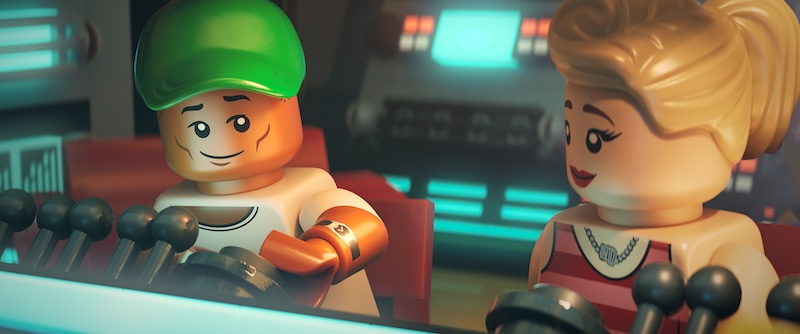
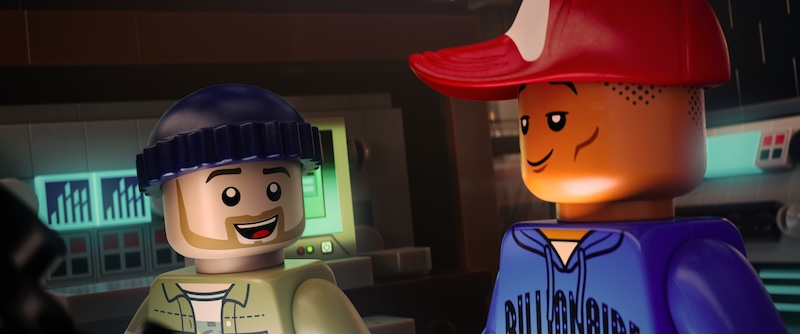
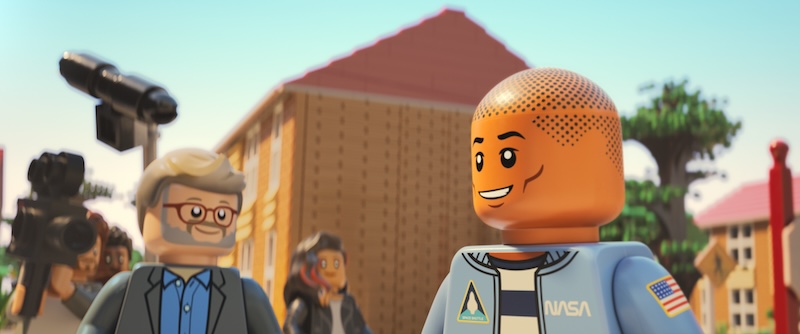
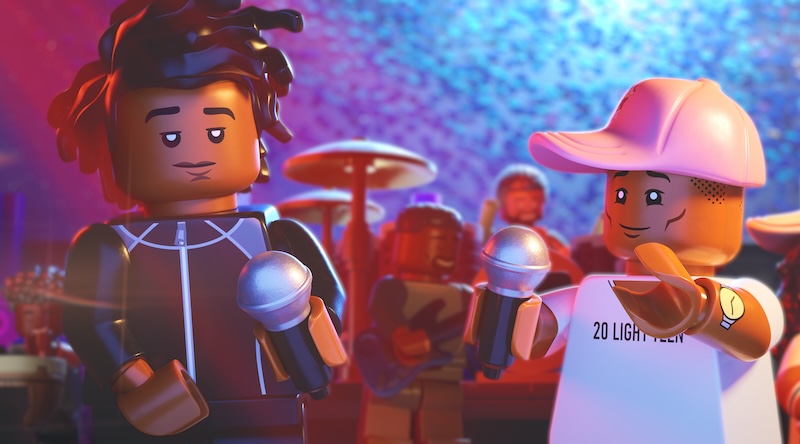
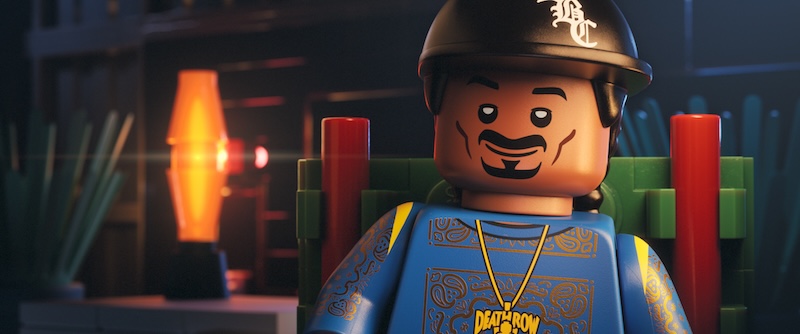
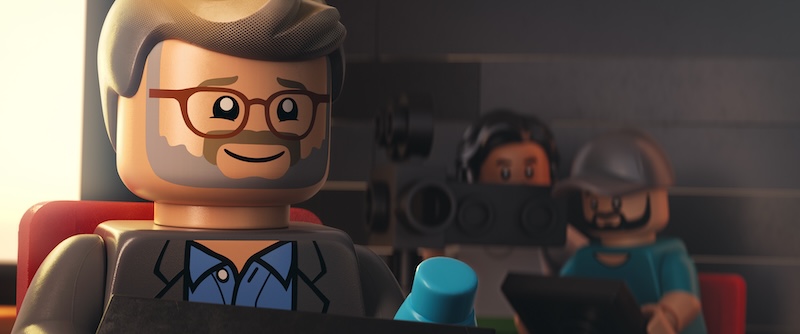
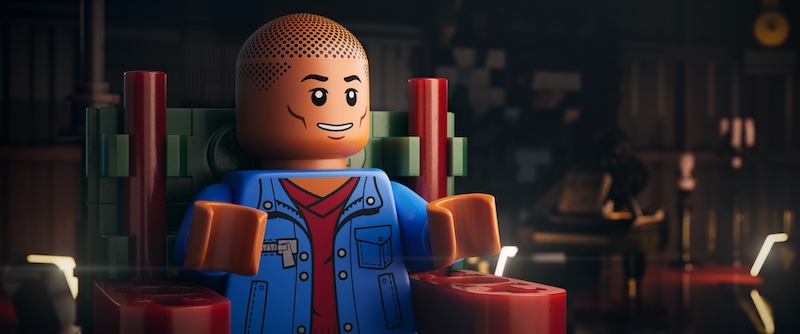
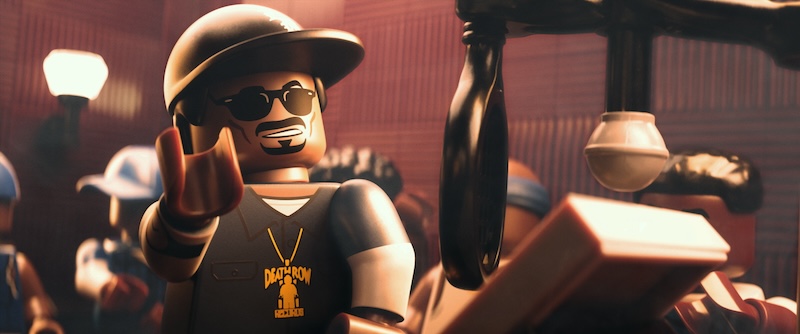
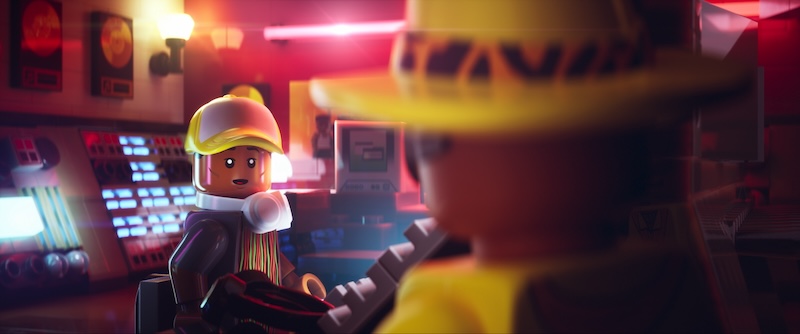
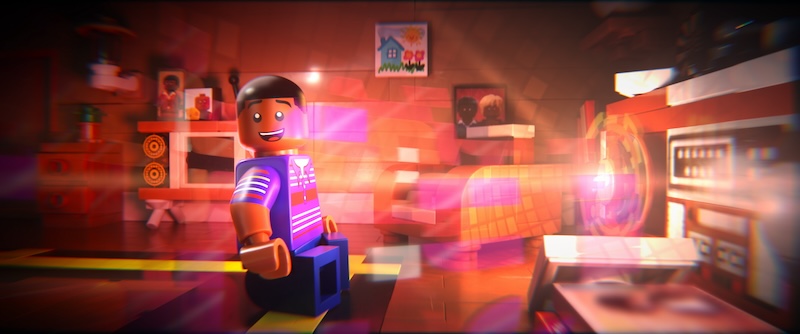
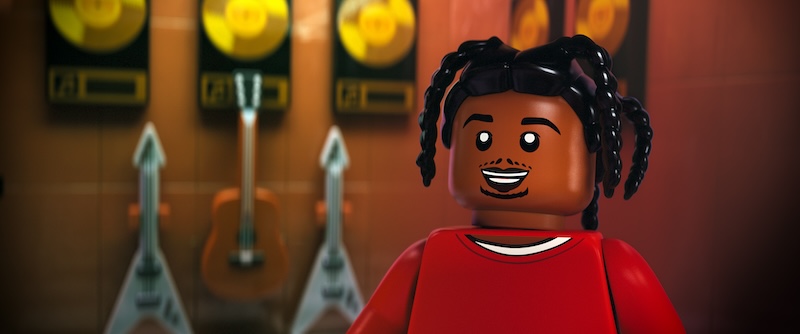
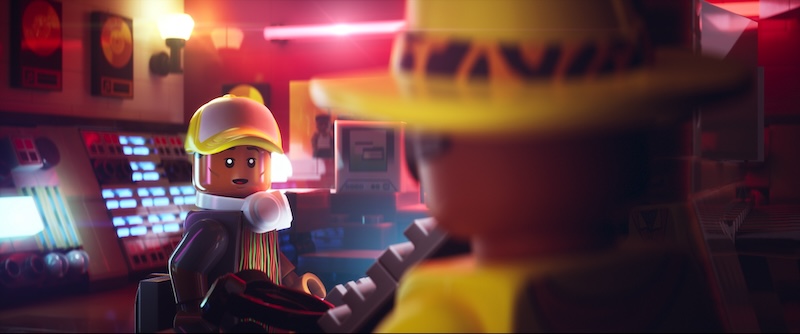
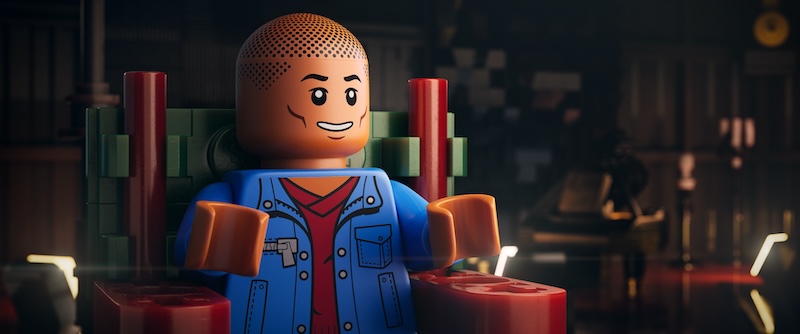
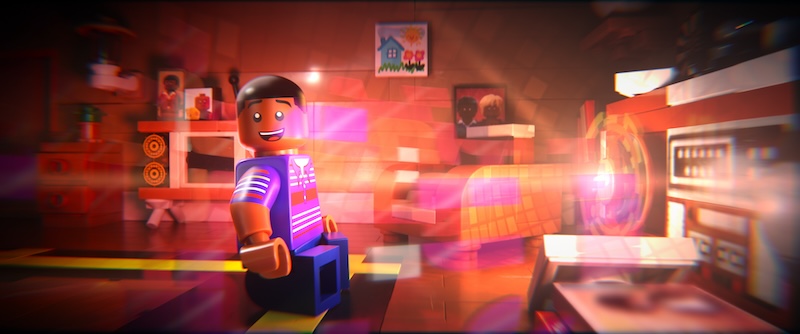
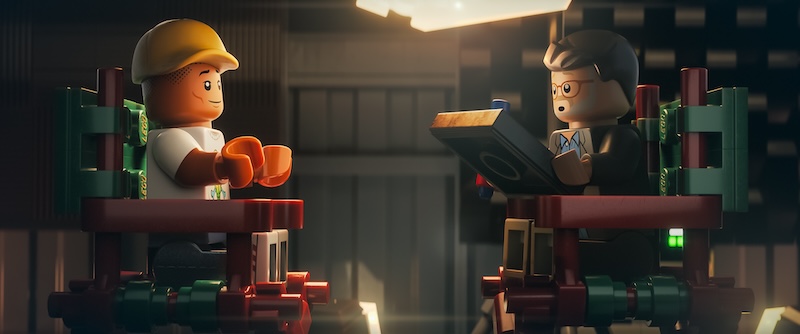
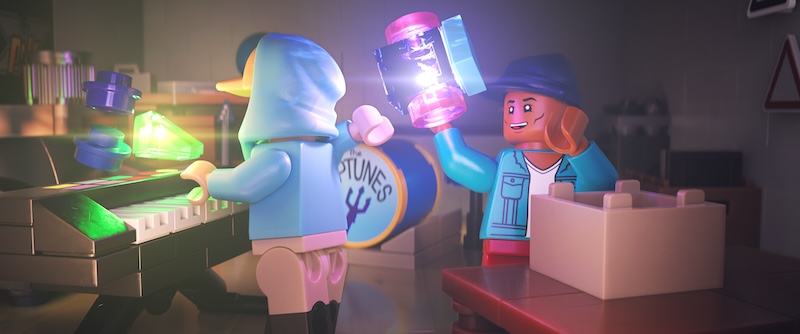




















PIECE BY PIECE
Pharrell Williams and Gwen Stefani
PIECE BY PIECE
Justin Timberlake and Pharrell Williams
PIECE BY PIECE
Director Morgan Neville and Pharrell Williams
PIECE BY PIECE
Jay-Z and Pharrell Williams
PIECE BY PIECE
Snoop Dogg
PIECE BY PIECE
Director Morgan Neville
PIECE BY PIECE
Pharrell Williams
PIECE BY PIECE
Producer Teddy Riley
PIECE BY PIECE
Pharrell Williams
PIECE BY PIECE
A young Pharrell Williams exhibiting synesthesia
PIECE BY PIECE
Pusha T
PIECE BY PIECE
Pharrell Williams
PIECE BY PIECE
Pharrell Williams
PIECE BY PIECE
Pharrell Williams
PIECE BY PIECE
Pharrell Williams and director Morgan Neville
PIECE BY PIECE
Pharrell Williams and The Neptunes bandmate, Chad Hugo
Pharrell explains the use of this curious story-telling tapestry early on in the film, musing about the malleability of life and what we could make if we were able to take this world apart and rebuild it according to our whims.
In the film, we see what feels like an honest recounting of Pharrell’s rise-and-fall-and-subsequent-rerise, we’re shown the consequences of his missteps, which like most missteps involving LEGO, usually end in immediate pain. We hear accounts from The Neptunes and N.E.R.D. bandmates, hip-hop alumni, childhood friends and industry bigwigs. And the audience gets to enjoy all this through a fantastical Scandanavian block-built lens, accompanied by an extraordinary soundtrack dramatically enhanced by the cannon blasts of Dolby bass cones.
This isn’t Neville’s first music doc rodeo, he’s the man behind the 2013 Oscar-winning feature 20 Feet from Stardom, which chronicles the lives of background singers. Piece by Piece is different though – Pharell’s life has a cadence to it that feels like a natural blockbuster character arc. The rhythm is syncopated but unmistakably dusted with Hollywood sparkle. As a young kid growing up in Virginia Beach Williams already knew he was different. As Jay-Z remarks in the film, the fledgling beatsmith ‘doesn’t have a drop of street in him’. We see Pharrell move through his early career, with blocks slotting into place as if it were all preordained by the guiding hand of some overseer. Our protagonist never less than infinitely charming. It seems like a perfect Venn Diagram overlap for a LEGO movie adaptation. But of course the road was not always so smooth. Everything is Awesome, until it’s not.
We were lucky enough to sit down with documentary maker Morgan Neville ahead of the film’s release on November 7. This is what he had to say…
We get a lot of Pharrell philosophy in this movie. And there’s a beautiful part where he talks about inspiration, not just going up and down, but left to right as well, which blew me away. What was your favorite pearl of Williams wisdom?
I mean, there’s so much in there. I think the essence of what I wanted to communicate from Pharrell was this idea that, that which makes you different makes you special. The differences are not to be set aside or ostracised. They’re to be embraced and I think he was a nerdy kid from the projects who saw the world differently but came to realise that because he saw the world differently, he was able to do something different.
And for years, people didn’t get it. The beats he was making for years with Chad, with the Neptunes, was weird. And nobody got it until they all got it. And it went from being this weird thing over here to suddenly the thing that everybody wanted and that was him sticking with how he saw and heard the world. So to me as a creative person, that’s the lesson I want to take away.
You speak to a lot of big-name talent in this movie, whose interviews surprised you the most?
There are people like Snoop Dogg who was great just because he feels like he belongs in an animated movie, you know, he is a character like that’s so funny. And there are people who speak in pictures too, that for this style of storytelling was really helpful I mean somebody like N.O.R.E. who just was painting these pictures and speaking in metaphors.
One of my other favourites was Busta Rhymes. So we have this whole scene in the film that takes place in a storm with these agents who are in a lifeboat. And that’s all because Busta happened to say, these managers – they abandon you in their lifeboats with their life jackets. And he painted this picture with his words that then became an entire scene in the film. In animation, you can actually go there.
Can you tell us about some of the constraints that you faced telling the story in this medium, and whether you feel that made it a better movie. And within that, keeping it PG, was that a decision you and Pharrell made, or did that come from LEGO?
I kind of love constraints. I am a huge Orson Welles fan. And he said “the absence of limitations is the enemy of art” that limitations become the thing that gives you the friction to actually be creative.
I like the fact that minifigs don’t have fingers, we make little jokes out of these things, so in that way it just gets really creative.
And regarding the PG aspect. So we agreed at the very beginning with everybody that we were going to do this as a PG 13 movie. We knew that rated R was going to be too hard for LEGO, and we wanted kids to be able to watch the film.
And we finished a version of the film and we got a PG 13 rating and then they said ‘you’re very close to PG’. You know, there were just a couple of swear words and the Snoop smoke.
They said if you want PG, you have to explain why there’s smoke there. You can’t just have the smoke, which is what we were going to do. And really out of frustration, I said, well, why don’t we just have a can of PG spray. Literally, just out of frustration, like here you go. You want to explain it and it actually turned out to be one of my favorite things. It turned out to be such a funny joke, the adults will get it and the kids won’t. Problem solved.
Images: Provided
